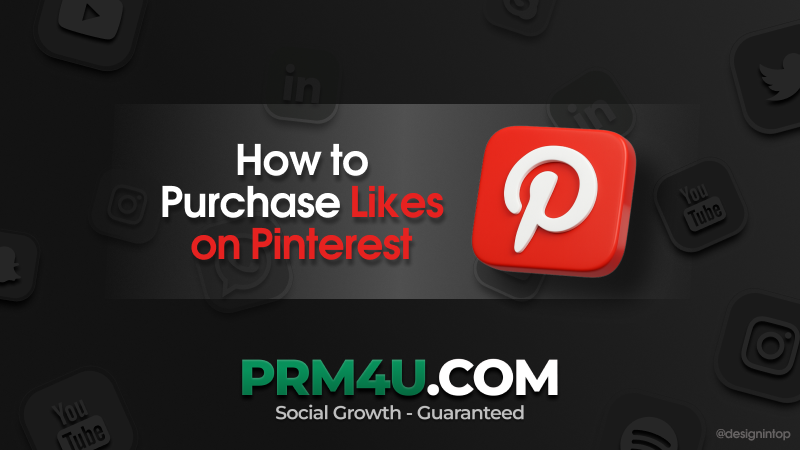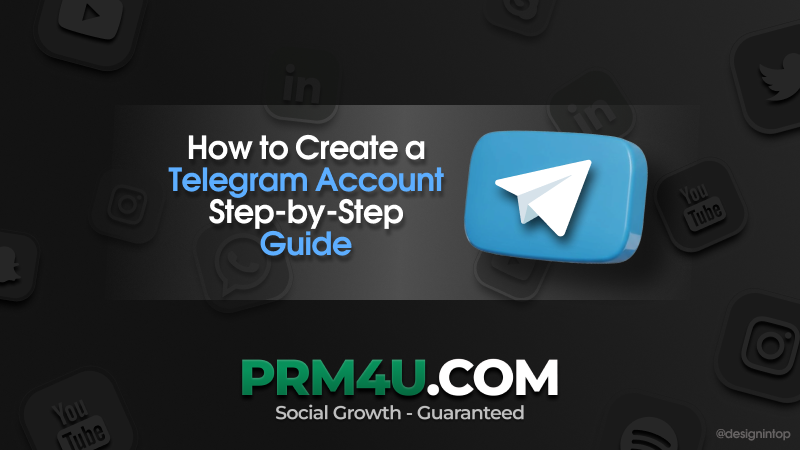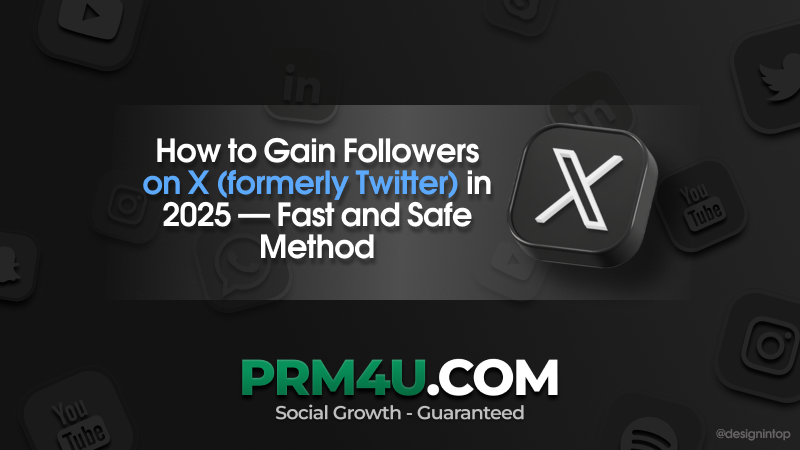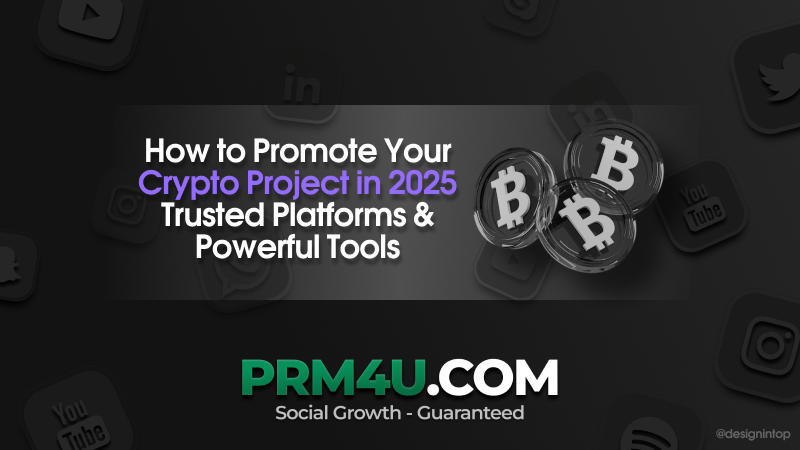
How to Promote Your YouTube Channel Using SMM Panels
How to Promote Your YouTube Channel Using SMM Panels

How to Promote Your YouTube Channel Using SMM Panels

How to Purchase Likes on Pinterest

How to Promote Your Reddit Account: The Best SMM Panel for Reddit

How to Promote Your Spotify Account: The Best SMM Panel for Spotify

How to Create a Telegram Account Step-by-Step Guide
![Best Indian SMM Panel – Affordable, Fast & Reliable Social Media Growth [2025 Guide]](https://storage.perfectcdn.com/e0w942/uzdw7krq2w65xi32.png)
Best Indian SMM Panel – Affordable, Fast & Reliable Social Media Growth [2025 Guide]

How to Gain Followers on X (formerly Twitter) in 2025 — Fast and Safe Method

How to Promote Your Crypto Project in 2025: Trusted Platforms & Powerful Tools

How to Rank Your Telegram Bot or Mini App at the Top of Telegram Search